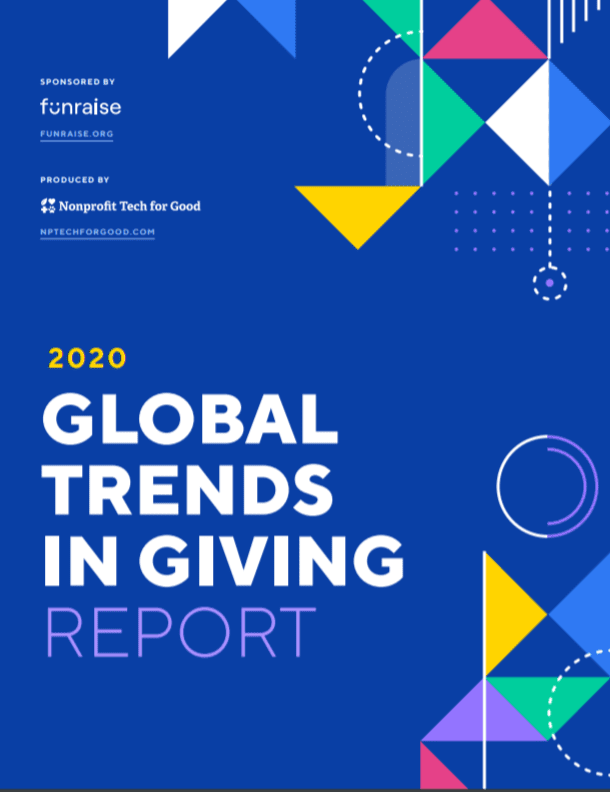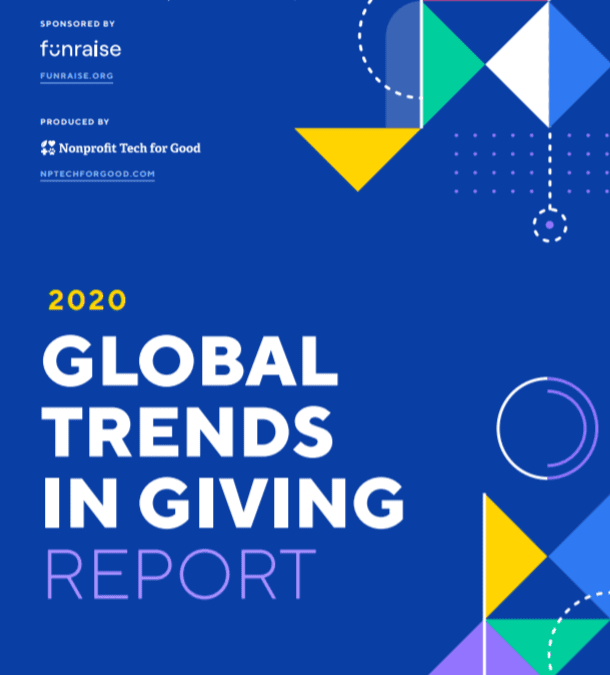In last week’s post I began a review of the biennial Global Trends in Giving Report. I looked at donors giving preferences, what platforms inspire donors to give and the opportunity to incorporate workplace giving programs into your fundraising program.
Below are three more topics covered in the report. I explore the data and provide you with learning tips for each.
Can You Be Trusted
Scandals. High salaries. Not improving the community.
From time to time you’ll read negative articles about nonprofits. Sure, some “scandals” are blown out of proportion but others are not. So the question is: Do donors trust the nonprofits they donate to?
The answer is a resounding yes! Globally 90% of donors state that nonprofits are ethical and can be trusted. This is EXTREMELY important to your ability to fulfill your mission: If donors trust your organization to better their community and to service the people you help, the chances are much better they will continue to give. When they lose trust or think that you are misusing funds, that’s when you’ll see a drop-off in donations.
Learning Tip I: Keep donors in the know. Share with them your overall budget and let them know how their donor dollars are being used. Does this equate to keeping overhead costs low? NO!!! Donors understand that people are needed to run the organization and to provide services. In fact, keeping wages at starvation levels can have a negative effect if donors realize that staff is turning into beneficiaries.
Learning Tip II: Make sure that everyone in your organization adheres to the highest ethical standards and values. Ensure staff knows what those values are and how important being ethical is to the overall health of the organization.

Do Donors Volunteer?
They give money. Do they also volunteer? Globally, 66% of donors volunteer with a nonprofit. In Africa, a whopping 80% volunteer, the highest percentage in the world. In Asia? Only 56%.
The fact is that volunteers get to see the work you do up close. They become more involved in the community, learn about its needs and see the impact of their work in real time. Many nonprofits rely on volunteers to help meet the local need. This then becomes a fundraising opportunity.
Learning Tip I: Do you ask your volunteers to also donate money? Yes, time = money but think about it: They’re in the field with you. Any ask you make will resonate with them because seeing is believing. Volunteers should be given the option to make a monetary gift!
Learning Tip II: It is extremely important to not only onboard volunteers the right way but also to thank them properly. Volunteers are part of the community of people who share your passion that your organization is trying to build.
The Importance Of Recurring Giving
When it comes to donors, 51% of donors are enrolled in a recurring giving program, one of every two donors. In Africa it’s 62% of donors whereas in North America it’s 57%.
The more interesting data relates to what type of recurring giving: Globally 87% of donors prefer to give monthly. That’s huge! In North America that gets as high as 94% of donors. In Europe it’s only 72%.
Why is this data set so crucial? Recurring givers have a better lifetime value, have higher retention rates and provide your organization with a predictable cash flow. It would seem that this form of giving should be a slam dunk. Every nonprofit should offer it as a giving option. Yet so often I see nonprofits fail to include this option in their asks.
Why don’t they? Maybe they feel a monthly donation of $10 isn’t worth processing. But over a year that’s $120. If you had 100 of these types of donors, now you’re at $12,000 a year. Keep in mind that for many donors, these small amounts are not going to raise any eyebrows when they show up on their monthly credit card statement. When times are tough (see: Coronaworld), your small donors will continue to give.
Learning Tip I: Offer monthly recurring giving! It’s a way for small donors to give an overall larger amount but in small increments.
Learning Tip II: If your organization is always looking for the million-dollar donation, then good luck when a recession hits. Because big donors will suddenly become very careful with their money and those 7-figure gifts begin disappearing. Know who stays steady? Small donors. They’ll keep giving.
The report is full of tons of data for you to pour over and learn from. I always find it interesting to compare different regions of the world and see how fundraising differs from continent to continent. Because it’s a global economy, here’s an idea: You see that something is successful over in Europe or Asia? Contact fundraisers over there and ask them why it works so well. Learn from their campaigns and successes.
Year-end fundraising campaign time approaches. Is your website content prepared? Email marketing strategy ready to be implemented? Social media posts planned out? If your nonprofit wants to strengthen relationships with donors and raise more money, then your website, email and social media need to be in sync and ready to go when your campaign commences.
Not sure how to pull it all together? Contact me and let’s plan a successful year-end campaign together!




